|
“CIty Squares” is a collaborative presentation by three artists on one related theme: the relationship between contemporary urban layout and its content. From antiquity onward, cities have been planned and layed out in blocks with streets intersecting at right angles. This is seen from as far back as 2600 BC in the Indus Valley, to ancient cities from Rome to China to Mexico, to more recent times such as the Renaissance and the early colonial settlement of North America. New York City is renowned for its rectilinear layout, for which hills were flattened, valleys filled, and wetlands drained. With the arrival of steel in the construction process, the grid continued upward, creating the massive highrises we see today and resulting in the overwhelming rectilinearity of our urban surroundings. We inhabit a three-dimensional matrix. Yet within these rigid formats, the necessary messiness of human occupation and natural processes continues to affect the contents, eroding, decaying, or growing in unbidden ways. In “City Squares,” we wanted to look more closely at the contrasts between the framework and what happens within it. We started to look at the small scale disorganizations that emerge within the bigger views: the movements of people; the erosion of bricks; the multiplicity of textures and colours; the deterioration of surfaces. From the perspective of the map, the city is orderly. From the perspective of the street, it can be confusing and random. Our presentation is a metaphor for this contrast. We have arranged uniformly sized units of art into a rigid grid; yet looking more closely, we see tumble-down walls, peeling paint, people in movement, spills and grafitti. Footpaths and shortcuts have emerged. Suburbs have grown outward. The rules aren’t always followed. The imprint of time and human occupation goes against the proverbial best-laid plans. As in a living city, the content does not always obey the form. Judy's Artist StatementFor me, moving to the city to study fine art at university was a huge shift in perception: rural to urban, quiet to noisy, isolated to crowded, nature to technology. Now, as a mature artist who has lived in cities since that time, I still have a fascination with these dichotomies and a love/hate relationship with cities. Textures and details tell me stories of aging and decay. How does man’s labour withstand time, hard use and weather? What change of light or my own mood and perception will allow me to see beauty in a place that I may have passed many times, oblivious to the subtleties of line and composition and colour?
Happily, with modern technology, I can use my iPhone X to take instant pictures wherever I suddenly see something magical. The result has been the birth of a series that I have called Public Works, since I focus on details of urban construction. When the idea of City Squares came up, Public Works seemed ideally suited for inclusion in the three-way collaboration. My process begins when I edit on my camera or computer, usually doing very little to change the carefully thought-out composition. Digital images are emailed to a fabric printing company to be precisely copied onto fabric of my choice. When I approve the clarity and accuracy of the images, the yardage is sent to me. I can then cut up and arrange the images in any number of ways. In the Public Works pieces that I have selected for City Squares, I have spray glued layers of the printed cotton, cotton batting and muslin. The next step is a quiet study to determine what the piece requires for machine quilting. This is my opportunity to enhance the design, direct the eye to certain areas and add actual texture. Thread colour is important. My domestic machine is set for free-motion quilting and off I go in a dance with each image that may take, on average, six hours. The quilted piece is fused to a stabilizer with the edges folded to the back, ready to hand stitch to another piece of stabilizer around all four sides. With this amount of machine quilting and stability, these pieces are made for durability. They resemble tapestry and satisfy my need for tactile complexity. Mounting each finished piece on a prepared artist canvas gives them greater presence, while allowing a purchaser to remove and remount them in other ways if desired. It is a great joy to be able to combine my love of art, craft and photography. It is an inspiration to work with two artists who share and expand on my experience and perceptions to make something bigger and more complex to share with you. This exhibition is a celebration of the complexity and the beauty in my chosen urban environment.
0 Comments
My wonderful spaces at 100 Braid Street Studios, New Westminster, are very small. They are each approximately 8’ x 8’. Storage and display space is limited and has been a challenge since I moved in.
Susan Grieg, the studio owner, had a rolling IKEA shelving unit with a back added as storage for children’s art supplies. As those classes are no longer offered, the unit was taking up her storage space. The wheels in my head turned, and I suddenly saw a use for the paint-spattered unit – perfect housing for my fabric cards, bookmarks, butterfly pins and small landscapes. It was easy to roll in and out of my main work-space. A deal was struck and after lots of scrubbing, it was pristine white and ready to roll. It stays securely locked in when I’m not there, and rolls out to sit along the outside wall when I am in. After a few public events, one in the evening, it became clear that there was not enough light in that area to properly showcase my work. I knew that there were several kinds of shelf lighting at IKEA, but worried that the lights would be too low, and not allow safe passage to anyone over the height of 5 feet. The problem now arose – how to mount the lights higher? My dear husband Michael found a solid wood TV stand at IKEA that was available in white and the same width as the rolling unit. It added just the right height and the bonus of even more display space. Michael found hardware to join the two units securely and installed four new lights safely above even the tallest head. We found four white storage boxes to hide items on the bottom cubbyholes. The whole thing weighs considerably more and just fits through the door. I must maneuver it slowly and carefully, but the glow of those lights is worth it! The final step was to paint the back of the new cabinet white, and add a white wooden strip to the front to hide the gap between the original unit and the new one. Elegant, secure, always at the ready, this is working well! Thanks to Susan and Michael, I am now always prepared for events like the New West Cultural Crawl, First Saturday Open Studio, Winter Market and International Artist Day.
My lifelong fascination with Chinese and Japanese design brought to life by a creative genius! Guo Pei also had a dream: to design opulent, beautiful clothing after wearing the Maoist uniform during her childhood in China. She broke out of the commercial garment design world to start her own business and is now world famous.
So glad to have the opportunity to hear details of the shipping, unpacking and challenging setup for this exhibition. We got an idea of the weight of the garments crusted with real pearls, gems, fur and precious metals. The models shown in videos earned my great respect for hauling or wearing 50 - 100 pound garments as well as teetering on high plexiglass shoes. Oh, did I mention balancing a crown as well? Of course these runway garments are not designed to allow much movement-no bending or sitting. They are created for maximum visual impact and drama, each ensemble telling a chapter of the story of each each runway show ...lucky audience to be swept up on Guo Pei’s dreams! We in Vancouver are privileged to see the exquisite pieces in an intimate museum setting, one of two museums in North America so far. The pieces now return to Beijing. Overcoming the overwhelming urge to touch the garments was the hardest part of this wonderful tour! 2018 Cherry Blossom Festival is in full bloom at the Silk Purse Gallery here in West Vancouver. I have attended and shown here for the past 10 years and, with it's backdrop of the West Vancouver ocean views, holds a special place in my heart. This year I was offering a demonstration of various quilting techniques. If you get a chance to stop in to any of their various shows, do! You won't be disappointed. |
Judy VillettMusings from the fabric of my life to share with you. Archives
June 2019
Categories |
|
To purchase the artwork you see here, or to inquire about upcoming exhibitions, teaching or lectures, or purchase any of the fabric kits or patterns, please contact me. I look forward to hearing from you.
|
|



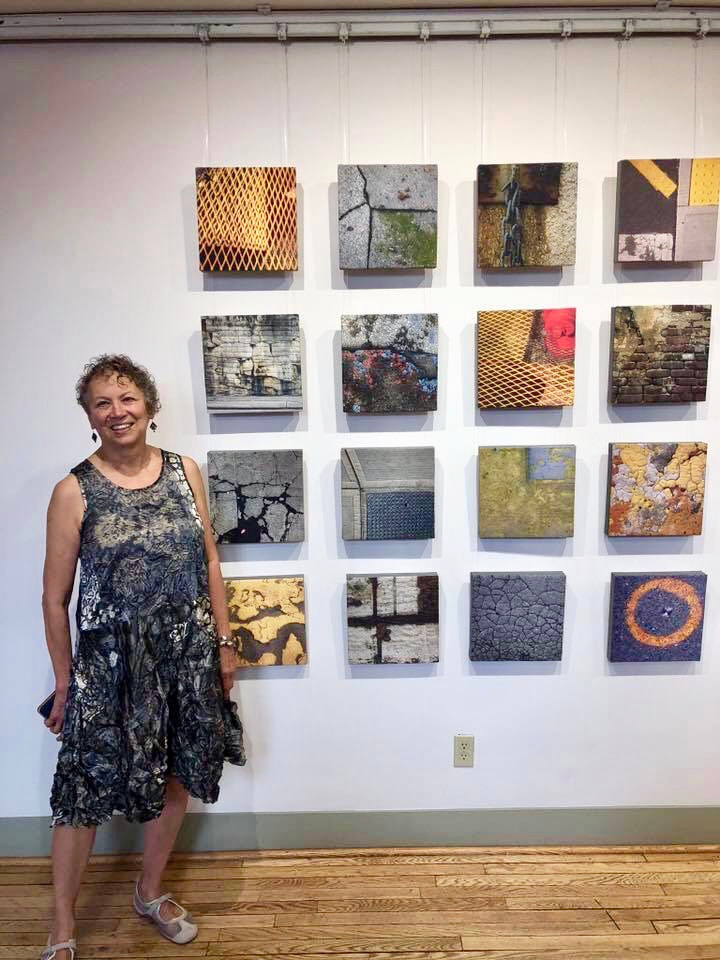

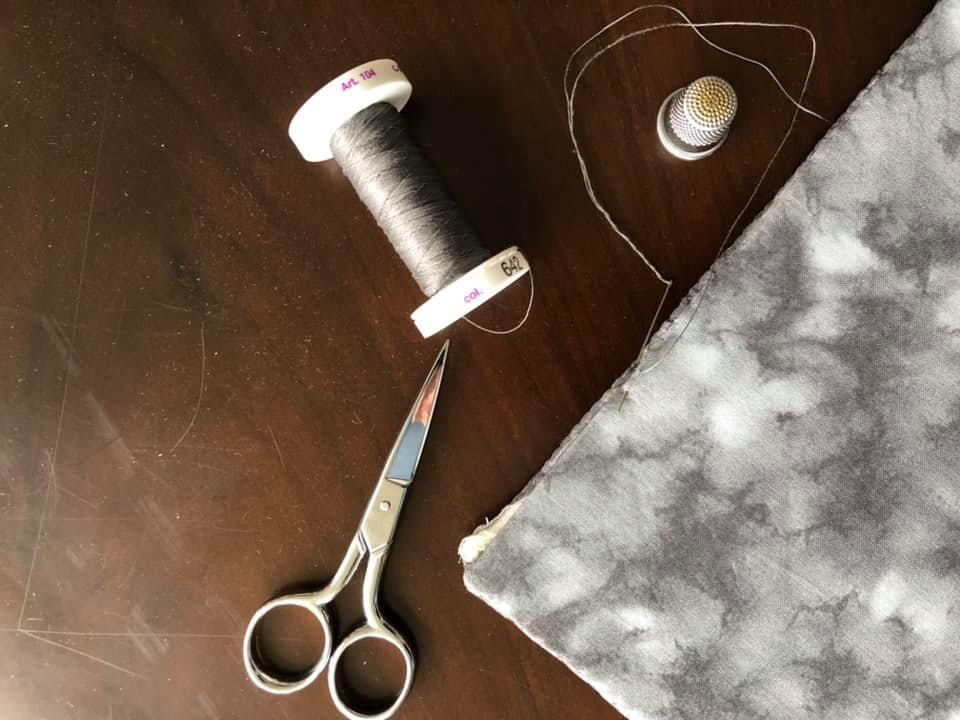















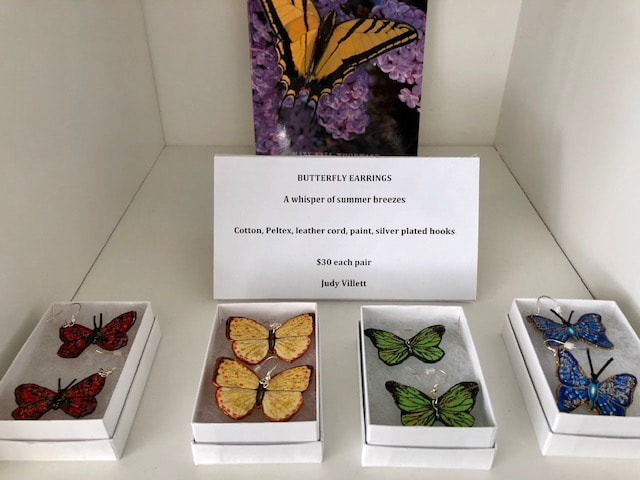
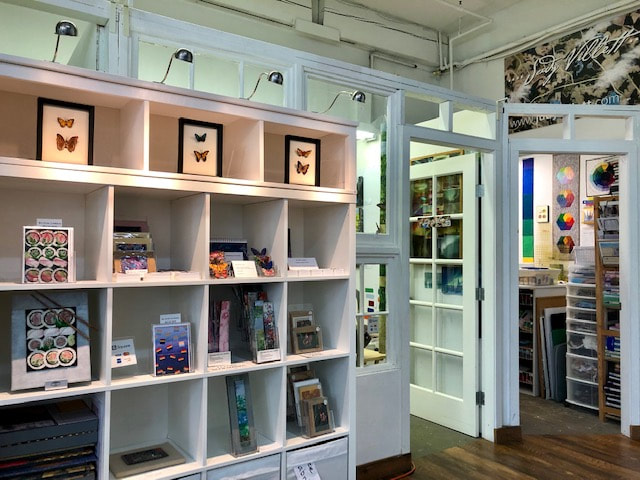


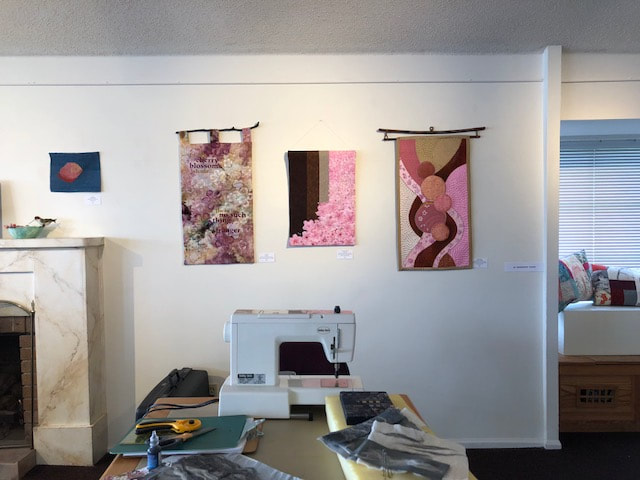



 RSS Feed
RSS Feed